Beyond Blue estimates that "45 per cent of people will experience a mental health condition in their lifetime. In any one year, around 1 million Australian adults have depression, and over 2 million have anxiety". That almost certainly means that you, or someone close to you, has experienced mental health problems first hand. So what does architecture have to do with mental health? And can your home help to prevent (or even cure) mental health problems?
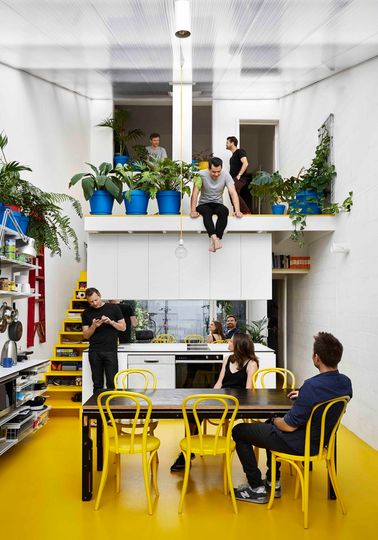

At the end of one especially long winter Architect Andrew Maynard of Austin Maynard Architects took a trip to his GP to discuss his increasing levels of stress and anxiety. "Whilst discussing mental health, my doctor pointed out that he experiences a sharp spike in patients seeking help during the late-winter/early-spring months, maybe due to lack of sunlight and vitamin D. He asked me what my house was like. Dark, I said".
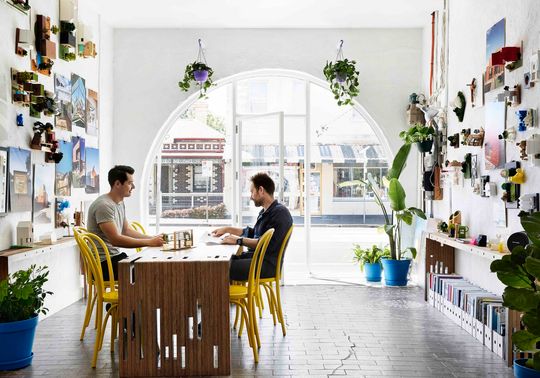
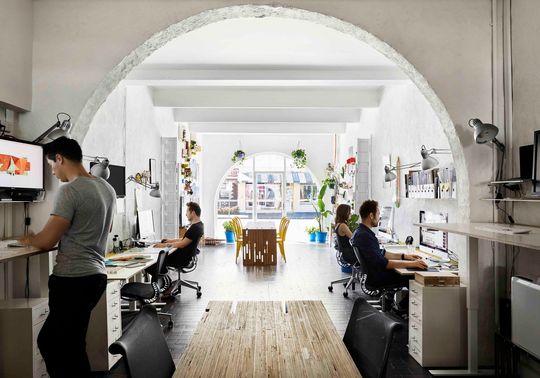
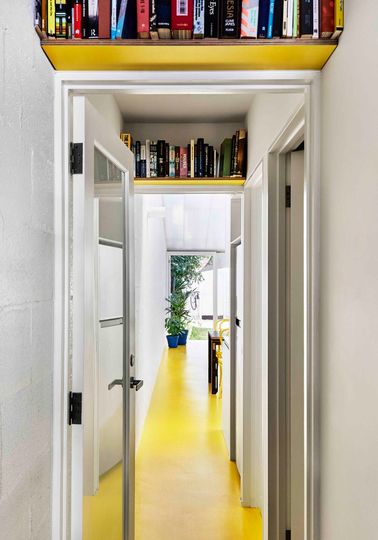
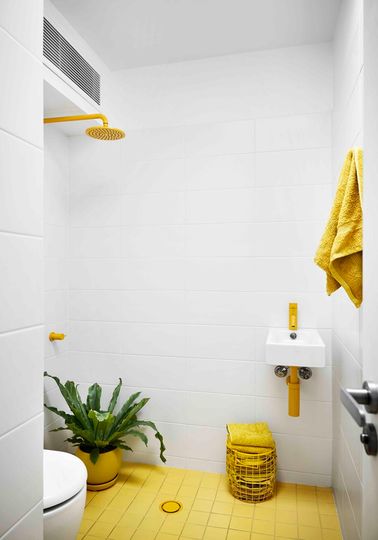
Part of Andrew's problem was related to burnout - not aided by the fact he lived above the office. "My-House is my home. It is also the office of Austin Maynard Architects. My family and I live upstairs, whilst Austin Maynard Architects occupies the shopfront downstairs". As Andrew explains, "some architects are masochists. Some architects are readily self-destructive, not in a fun adventurous way, but in a boring 'I'm over-worked, exploited and unfulfilled' way". At the time Andrew wrote an article called Work/Life/Work Balance that resonated with people all over the world. He certainly wasn't alone, but he didn't reveal his own mental health struggles at the time. "In many ways the essay was not just a rant about working conditions, as much as it was a catharsis".
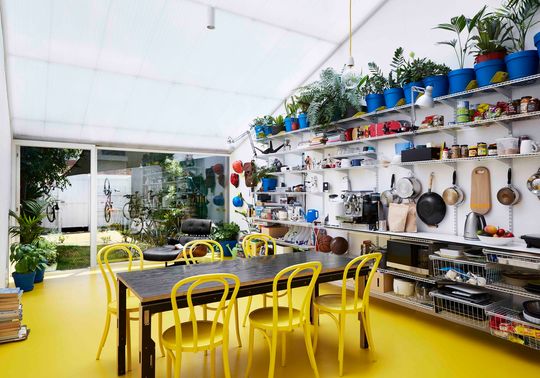
"As part of my return to mental wellbeing I decided I would renovate my home. I would use my skill set to maximise my mental health. I was living in a dark terrace, and I decided that I didn't just want to get more light. I decided to create the complete antithesis of the original terraces spaces. I aimed to create a dichotomous home. The original terrace remains with all of its problems and charms, yet the new extension is a bright, elaborate greenhouse. The terrace has high ceilings and small windows. The extension has a clear Thermoclick roof. A large glass wall opens the kitchen/dining area out onto the sun drenched garden. There is a box in the centre of the house that has a bathroom, kitchen and a utility area for Austin Maynard Architects. Above is an open platform, full of plants, that we lounge around on."
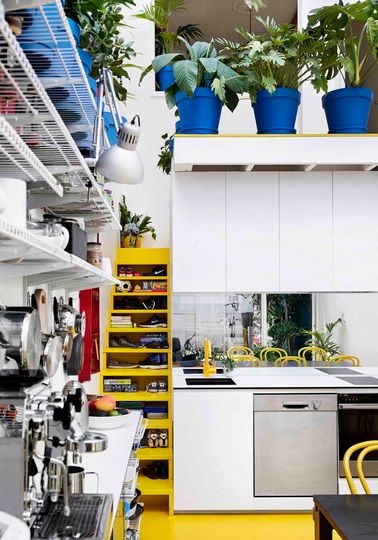
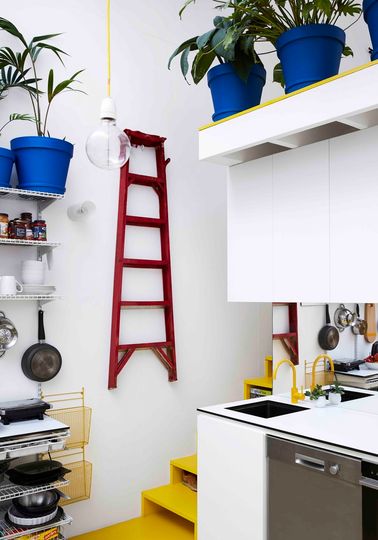
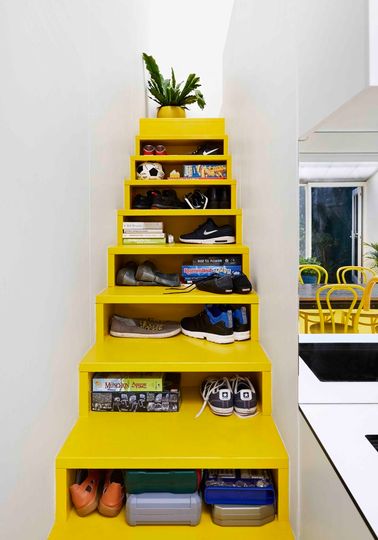
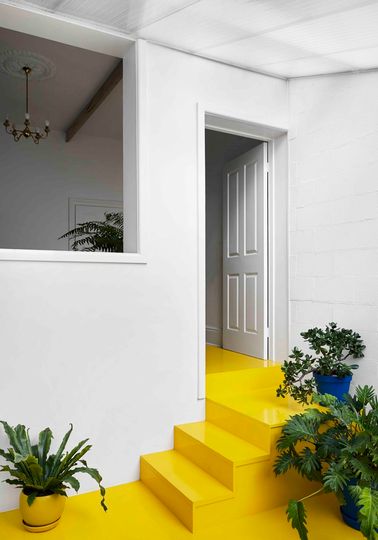
"My-House is an experiment that I live in. It is a home that I dare not impose on my clients. It breaks many important rules, often not in a good way. My-House lets in sunlight where a house should not. Whilst it is a very sustainable home, My-House is not as thermally efficient as the homes I design for others. Issues of privacy and personal comfort are often challenged in My-House. It is for these reasons that my family and I also love it."
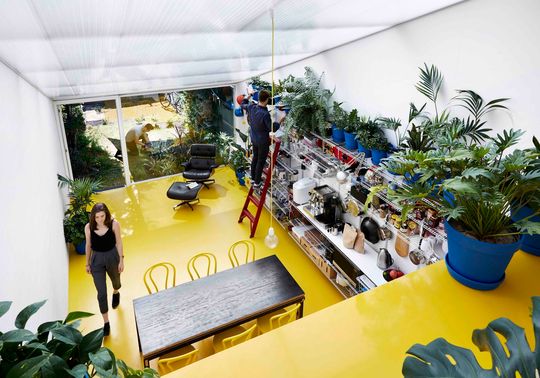
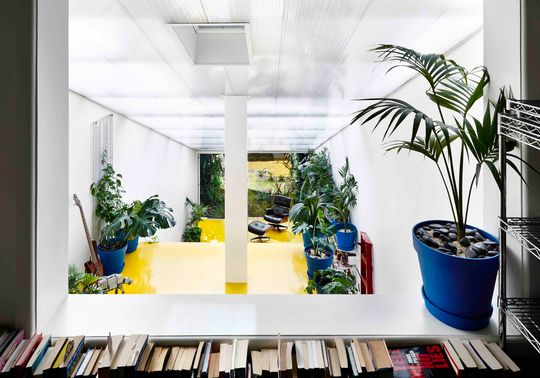
So can your home help to prevent (or even cure) mental health problems? The short answer is no, there's no silver bullet. But architecture does have a profound effect on the way we feel. The Mental Health House is the opposite to anxiety and depression. Where depression is darkness and sadness this home is light and joyous. Where anxiety is scary and confusing, The Mental Health House is calm and grounding. While a house can never claim to be a cure for something as complex and varied as mental health problems, surrounding yourself with light, air, plants and colour is one way to start feeling better.

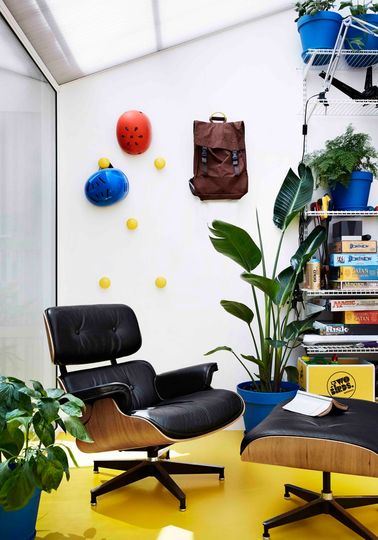
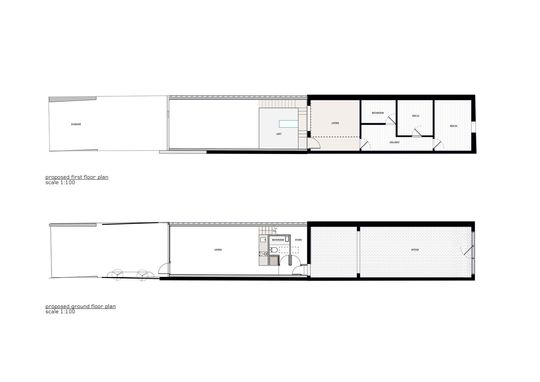
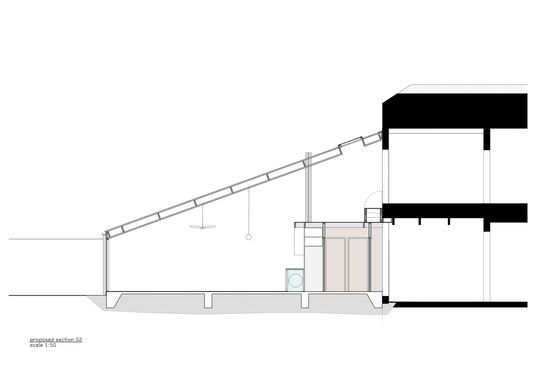
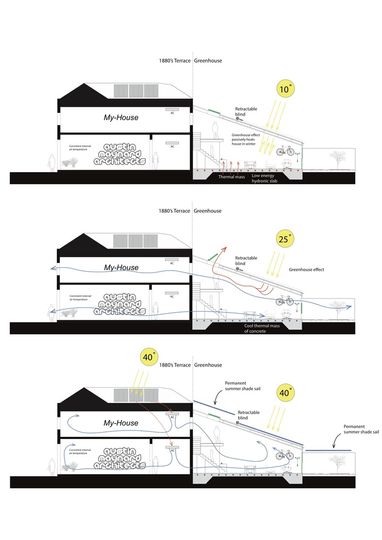
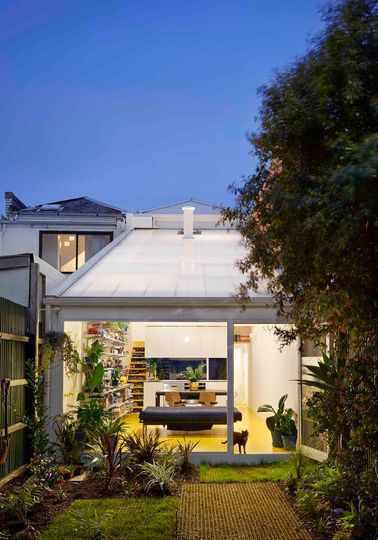
A Personal Note
The Mental Health House is an incredibly special project, and not just because it's designed by an architect that I would fan-boy out over. No, it's because Andrew Maynard has designed an extension to his home as part of his "return to mental wellbeing".
Honestly, I'm finding it a bit difficult to express how significant it is for one of my archi-heroes to reveal he's suffered mental health problems. I started Lunchbox Architect as part of my own return to mental wellbeing. So it feels particularly meaningful to share Andrew's story with all of you a bit over three years later.
If you're not feeling like yourself? If you have an immense sadness that just won't piss off already? If you feel like you can't breathe when you're just trying to get through your day? If you find yourself crying in the shower for no real reason? Or if you feel like nothing or no one can make you feel better? Please, please, please know you are not alone and you will feel better. I am just an email away and I would love to hear from you. And there are people you can talk to at Lifeline, just call 13 11 14.
Brodie